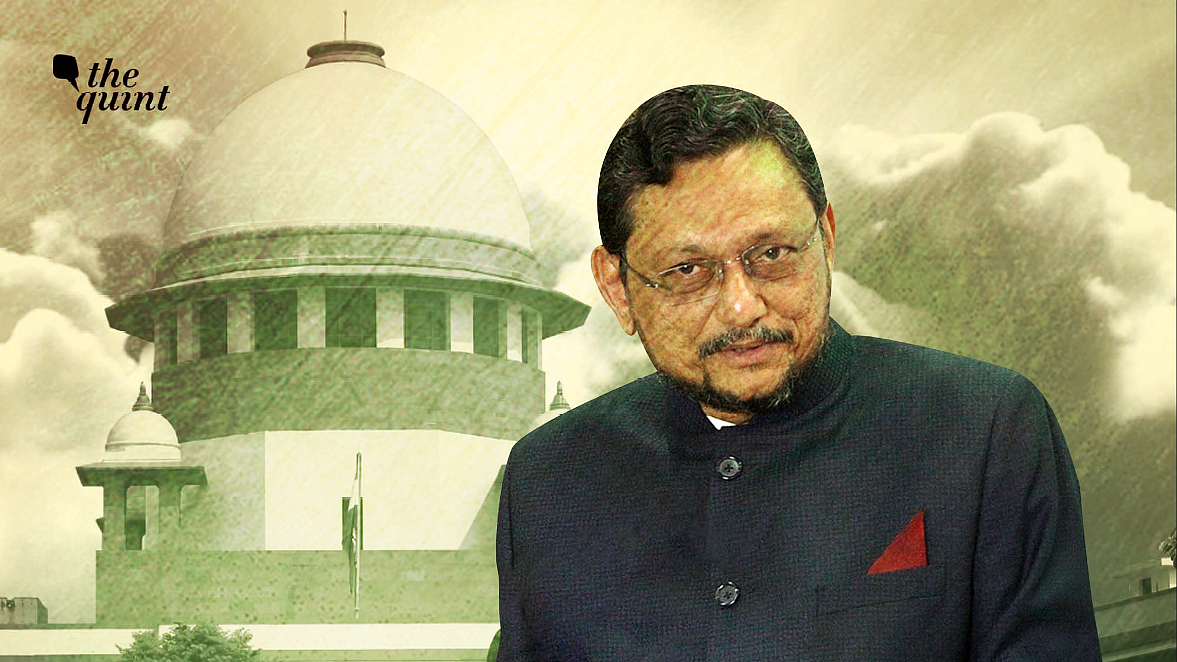
Dear Supreme Court, A Reminder About Judicial Vacancies
Judicial vacancies have increased consistently over past few years, with the representation of women being abysmal.

advertisement
On 17 March 2021, Chief Justice of India SA Bobde convened the collegium meeting to discuss the elevation of judges to the Supreme Court – the first such deliberation of his entire tenure. CJI Bobde took oath on 18 November 2019, and he’s due to vacate office on 23 April 2021.
So, clearly, the meeting came too late and has not done much towards returning the Supreme Court to its full capacity of judges. In fact, during Justice Bobde’s tenure, not a single judge was appointed to the apex court.
Rising Vacancies in Judiciary
The problem of vacant benches in the judiciary is not restricted to just the Supreme Court. It is a problem that gets far worse as one examines the issue of vacancies in high courts and subordinate judicial institutions.
As per the Memorandum of Procedure for the appointment of high court judges, the power to recommend vests with the Chief Justice of the concerned high court. Moreover, the procedure to appoint high court judges should commence six months before and finish one month before to the occurrence of a vacancy.
In some of the high courts, the procedure for appointing the judges is facing delays of up to six years.
Matters are even worse in subordinate courts. As per figures shared by the Law Ministry in the Lok Sabha in 2018, out of the sanctioned strength of 22,545 judicial positions across India, 5,436 are still vacant in the subordinate judiciary. Roughly, one in four positions are vacant. No wonder there are a whopping 3.77 crore cases pending before the trial courts across the country.
What Explains the Delay?
The recently released 117th report of the Parliamentary Standing Committee on Personnel, Public Grievances, and Law & Justice has shed light on the institutional reasons that contribute to the delays in judicial appointments.
The Department of Justice had told the Standing Committee that the delay is often caused by the fact that high courts “rarely adhere to” the timelines provided in the Memorandum of Procedure. The Department of Justice further submitted, in some cases, the high courts do not initiate the procedure as per the Memorandum of Procedure. For instance, the high courts do not send recommendations within the timeline prescribed by the Memorandum, which ends up delaying the entire process.
Another aspect that makes the appointment process sluggish is the delay caused by the collegium and the central government while examining the recommendations put forward by the high courts.
Ensuring Diversity in Appointments
It escapes no one’s conscience that out of the sanctioned strength of 34, the Supreme Court has only one woman judge. This figure emphasises the fact that we have never had a woman hold the position of the Chief Justice of India.
The Attorney General had further informed the Supreme Court that there was no centrally-monitored data to account for women judges in the subordinate courts and tribunals.
As per reports accessed by The Quint, there are only two judges in the entire country, Joyita Mondal (Bengal) and Vidya Kamble (Maharashtra), who identify as transgenders. The Supreme Court collegium has deferred the Delhi High Court’s recommendation to make Saurabh Kirpal, a homosexual man, a permanent judge of the high court. In an interview given in December 2020, Kirpal said that he believes his sexual orientation is probably why the three-member Supreme Court collegium, led by Chief Justice of India SA Bobde, has not taken a decision on his elevation.
(At The Quint, we question everything. Play an active role in shaping our journalism by becoming a member today.)
- Access to all paywalled content on site
- Ad-free experience across The Quint
- Early previews of our Special Projects
Published: 23 Mar 2021,09:49 AM IST